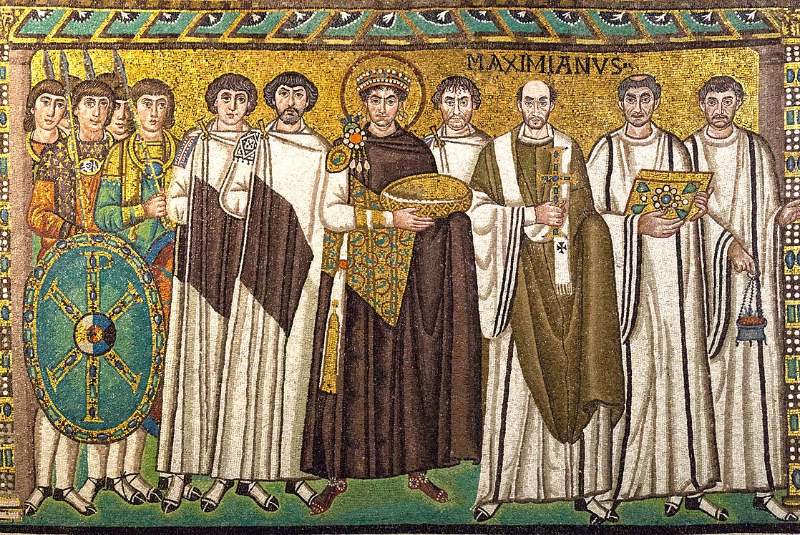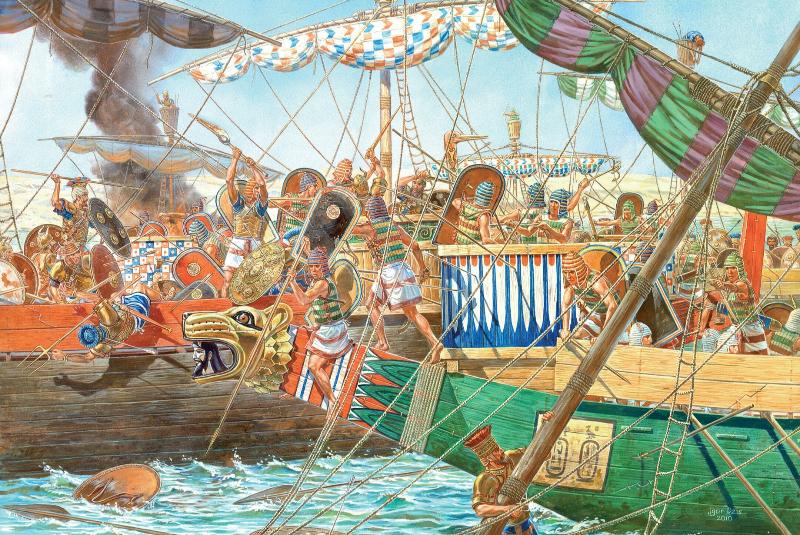In the annals of human history, the tale of the Justinian Plague is one etched with the darkness of despair but also illuminated by the indomitable spirit of human resilience. It is a story that begins in the mid-6th century, where the Byzantine Empire, the bastion of Eastern Christianity and Greco-Roman culture, stood as a beacon of civilization. But this empire, under the ambitious Emperor Justinian I, was to encounter a foe that swords and shields could not repel—the first recorded pandemic in history.
Originating from the lands of Egypt, the plague made its way through the empire’s lifelines of commerce, the vast network of trade routes, particularly the grain ships bound for Constantinople. This imperial capital was the heart of not just trade but also of Justinian’s dream to restore the Roman Empire to its former glory. The plague, however, cared little for human dreams.

The city of Constantinople, vibrant and teeming with life, was soon to become a harbinger of death. Historical records paint a bleak picture: the city’s daily life grinding to a halt with over 5,000 of its inhabitants succumbing to the plague each day. This death toll was unprecedented, contributing to a loss of nearly a third of a million people in the first year of the outbreak.
While the death toll itself is staggering, the horror of the pandemic is compounded when considering the plight of the living. The Byzantine Empire, though mighty, was ill-equipped for a disaster of such scale. The infrastructure of Constantinople was overwhelmed—streets were littered with corpses, and the living were paralyzed by fear and grief.
The plague, caused by the bacterium Yersinia pestis, was a gruesome assailant. It manifested as fevers, chills, and the buboes—grotesque swellings in the lymph nodes—that became synonymous with the plague. The infected would suffer blackened skin from subdermal hemorrhages, and many would enter comas or suffer delirium before death provided a grim release.
The Byzantine society of the time was rooted in religious and supernatural explanations for such events. Emperor Justinian, a deeply religious man, saw the plague as a sign of divine displeasure, while chroniclers like Procopius attributed the disaster to a punishment from God or the influence of malevolent spirits. The absence of scientific understanding led to a climate of superstition and fear, with society resorting to prayers, processions, and the wearing of amulets to ward off the disease.
The impact of the plague was catastrophic not only in terms of human lives lost but also in the societal upheaval it triggered. The workforce was decimated, leading to a collapse of the urban and rural economies. The agricultural sector, the backbone of the empire, suffered as fields were abandoned and food shortages became rampant. The once bustling streets of Constantinople became ghostly quiet, with commerce and daily trade seizing up as people either died or fled.
Even as Emperor Justinian survived his bout with the plague, his empire faced turmoil. The military, the guarantor of the empire's territorial integrity, was hit hard. This loss of manpower weakened the empire’s defense, making it susceptible to incursions by the Persians and later, Slavic and Avar invaders. The pandemic also strained the treasury, as the death toll reduced the number of taxpayers, and the empire's ambitious construction projects, including the renowned Hagia Sophia, faced delays and financial shortfalls.
The plague's recurring waves over the subsequent years kept the empire in a state of constant dread and instability. It marked the beginning of the end of Justinian’s dream and, by extension, the classical world. The once populous and vibrant cities of the Mediterranean basin were left depleted, their social and economic fabric irreparably torn. This created a power vacuum that would, in time, lead to the rise of the Islamic Caliphates, which took over many of the territories formerly under Byzantine control.
The demographic changes brought about by the plague had lasting effects on the structure of society. The shortage of labor gave rise to a more mobile and demanding workforce, which could command higher wages—a stark contrast to the relatively static social classes of the early Byzantine period. This newfound mobility and the decline of urban centers also contributed to the ruralization of the empire and the feudalization of Europe.
The scientific analysis of the Justinian Plague in modern times has provided a remarkable window into the nature of pandemics. The genome of the Yersinia pestis bacterium, recovered from the teeth of victims, has revealed much about the disease's spread and virulence. This ancient DNA has also helped trace the pathogen's history, showing how it has evolved over the centuries. The genetic study of the bacterium serves as a crucial tool in modern epidemiology, allowing scientists to track the evolution of infectious diseases and to better prepare for future outbreaks.
In a broader sense, the Justinian Plague served as a grim experiment in the effects of widespread disease on a complex society. It exposed the vulnerabilities of human constructs—political, economic, and social. The empire's dependence on a single ruler's vision was its Achilles' heel; the plague revealed that the stability of an era could be shattered by the microscopic reach of a pathogen.
Yet, the story of the Justinian Plague is not merely one of death and despair. It is also a testament to human resilience and the capacity for recovery. Despite the enormity of the crisis, civilizations endured and eventually rebounded. The memories of the plague were etched into the collective consciousness of the survivors, and the lessons learned would echo through the ages.
As a chapter of human history, the Justinian Plague serves as a stark reminder of the power of disease to shape our world. It highlights the importance of vigilance, preparedness, and scientific inquiry in the face of such threats. The first recorded pandemic offers a cautionary tale that resonates with alarming relevance today, as humanity grapples with new and emerging infectious diseases. The Justinian Plague, therefore, remains not just a historical event but a perpetual warning of the potential for history to repeat itself if the lessons of the past are ignored.
In the contemporary world, as we encounter new global health challenges, the narrative of the Justinian Plague continues to hold a profound significance. The echoes of the past serve as a guidepost for current and future generations, highlighting the critical need for global cooperation in health and science. It is a clear indicator that while the context may change, the fundamentals of disease management—rapid response, public awareness, and scientific research—remain the same.
The Justinian Plague also underscores the importance of societal resilience—the ability to withstand and adapt to catastrophic events. The Byzantine Empire, though weakened, did not collapse immediately and managed to last for almost another millennium. This resilience can be attributed to the adaptability and perseverance of its people, a quality that remains essential in the face of modern pandemics.
Furthermore, the pandemic propelled significant cultural and philosophical shifts. As the Byzantine society struggled with the theological implications of the plague, it fostered an environment where questioning and reinterpretation of religious and existential concepts became more prevalent. The quest for understanding the nature of suffering and divine justice led to philosophical discourses that would lay the foundations for medieval scholasticism and, eventually, the Renaissance.
The legacy of the Justinian Plague is multifaceted. It is a grim chronicle of one of the deadliest pandemics in history, a pivot point for the evolution of medieval society, and a compelling case study for modern epidemiology. With about 2,000 words reflecting on its impact, it’s clear that the Justinian Plague’s reach extends far beyond the graveyards of history. It continues to inform and influence how we, as a collective humanity, respond to the perennial threat of disease and how we harness the power of scientific endeavor to fortify our defenses against the invisible armies of pathogens. The resilience shown by our ancestors is a powerful reminder that, even in the face of great adversity, humanity can and will persevere.




